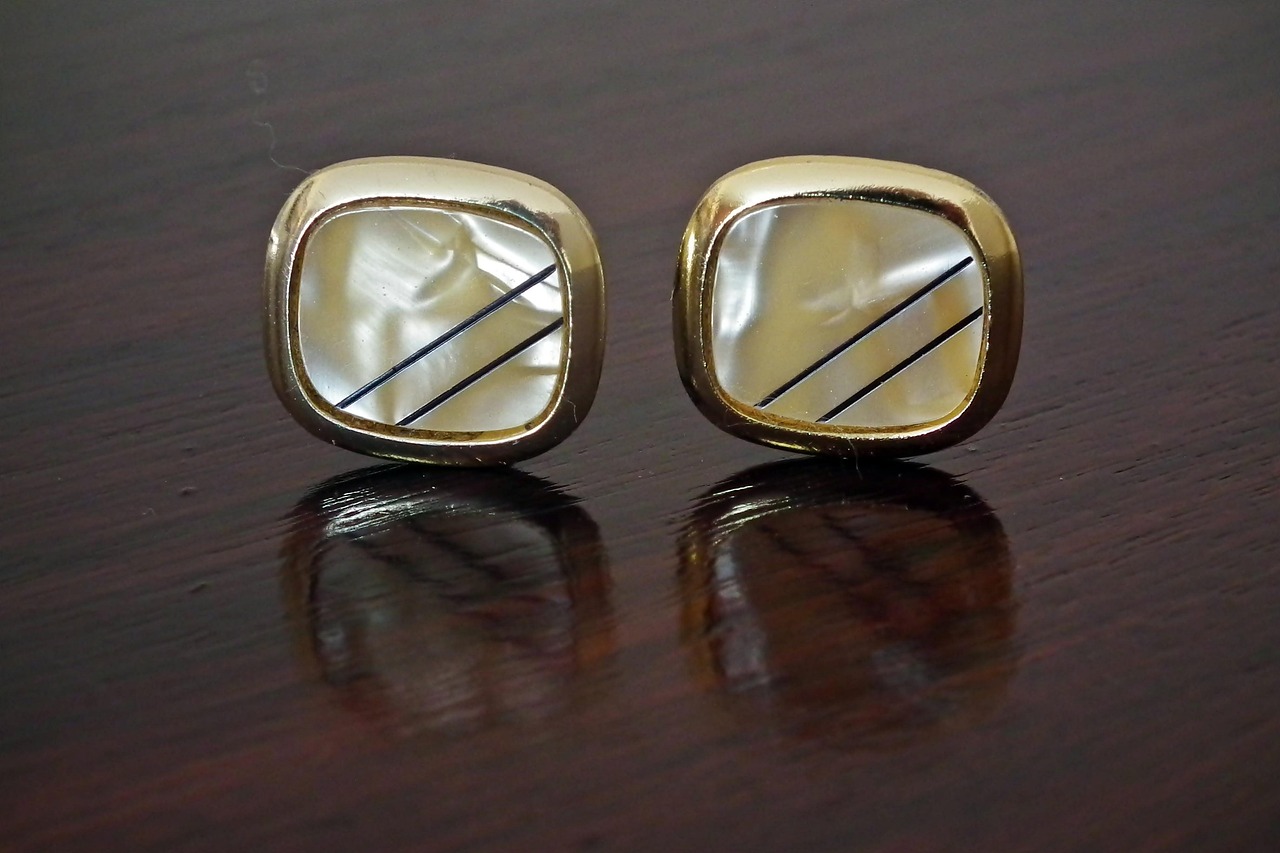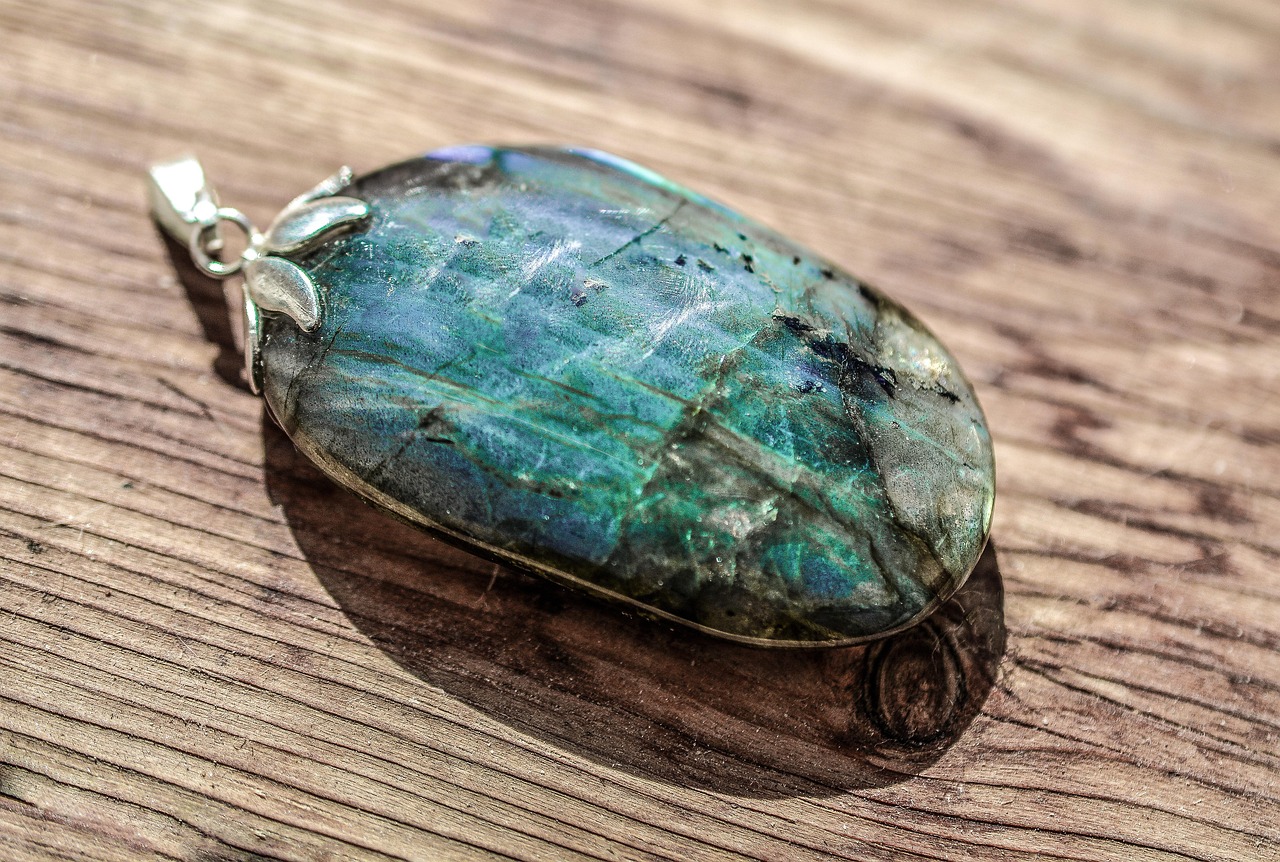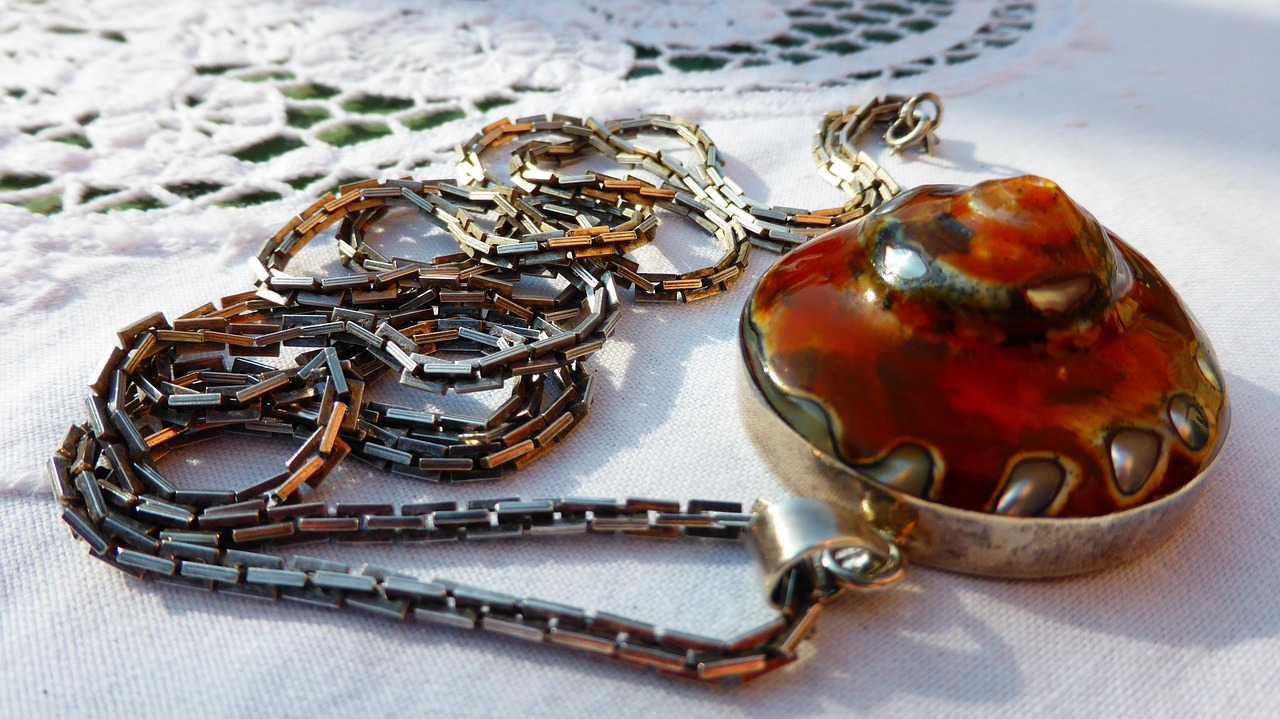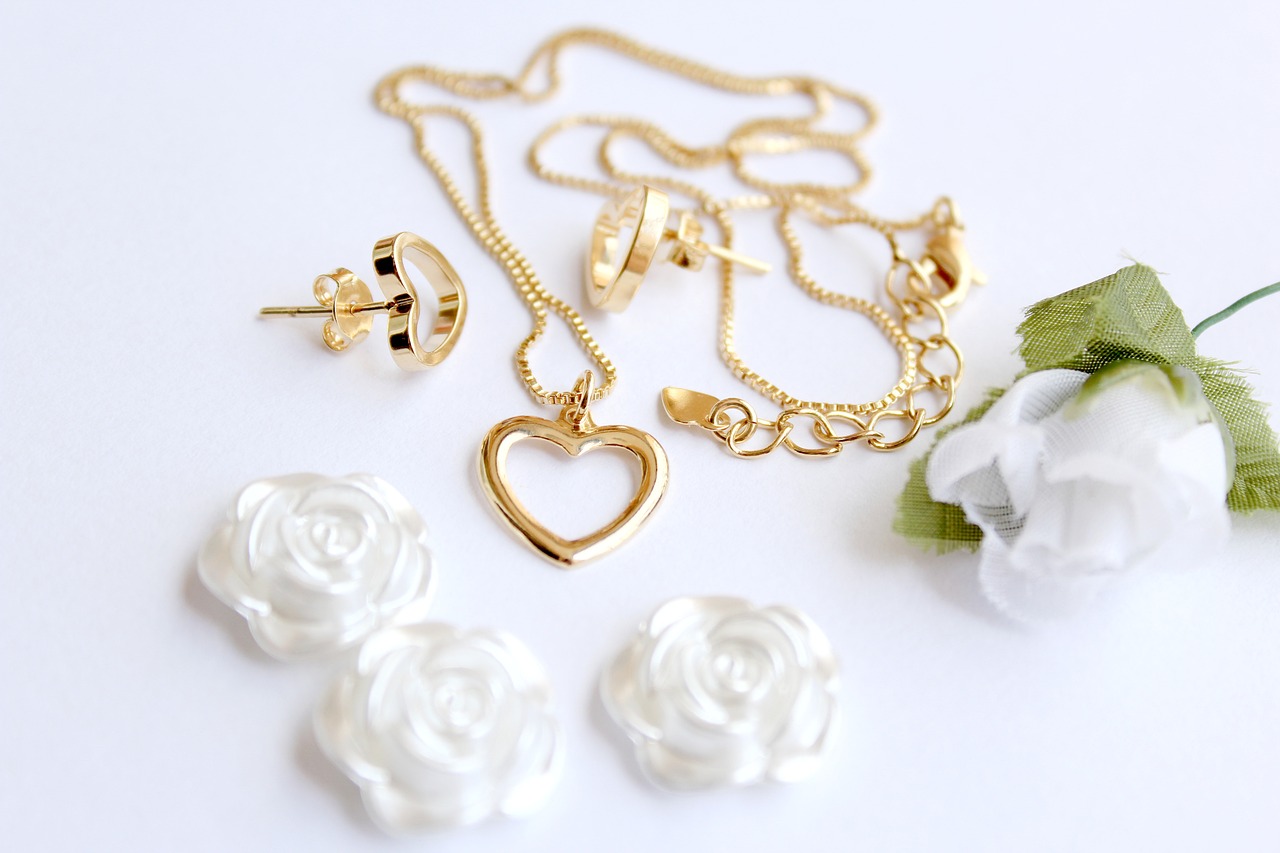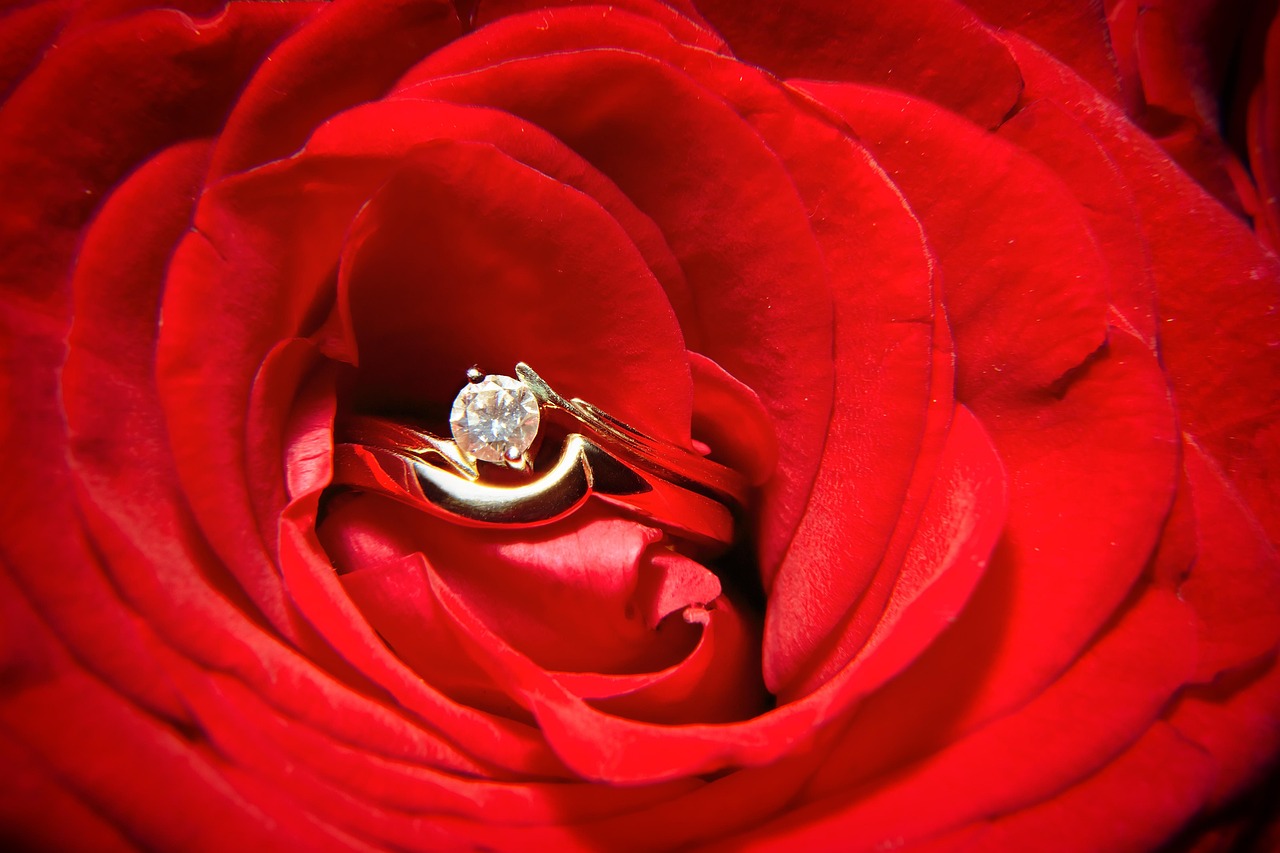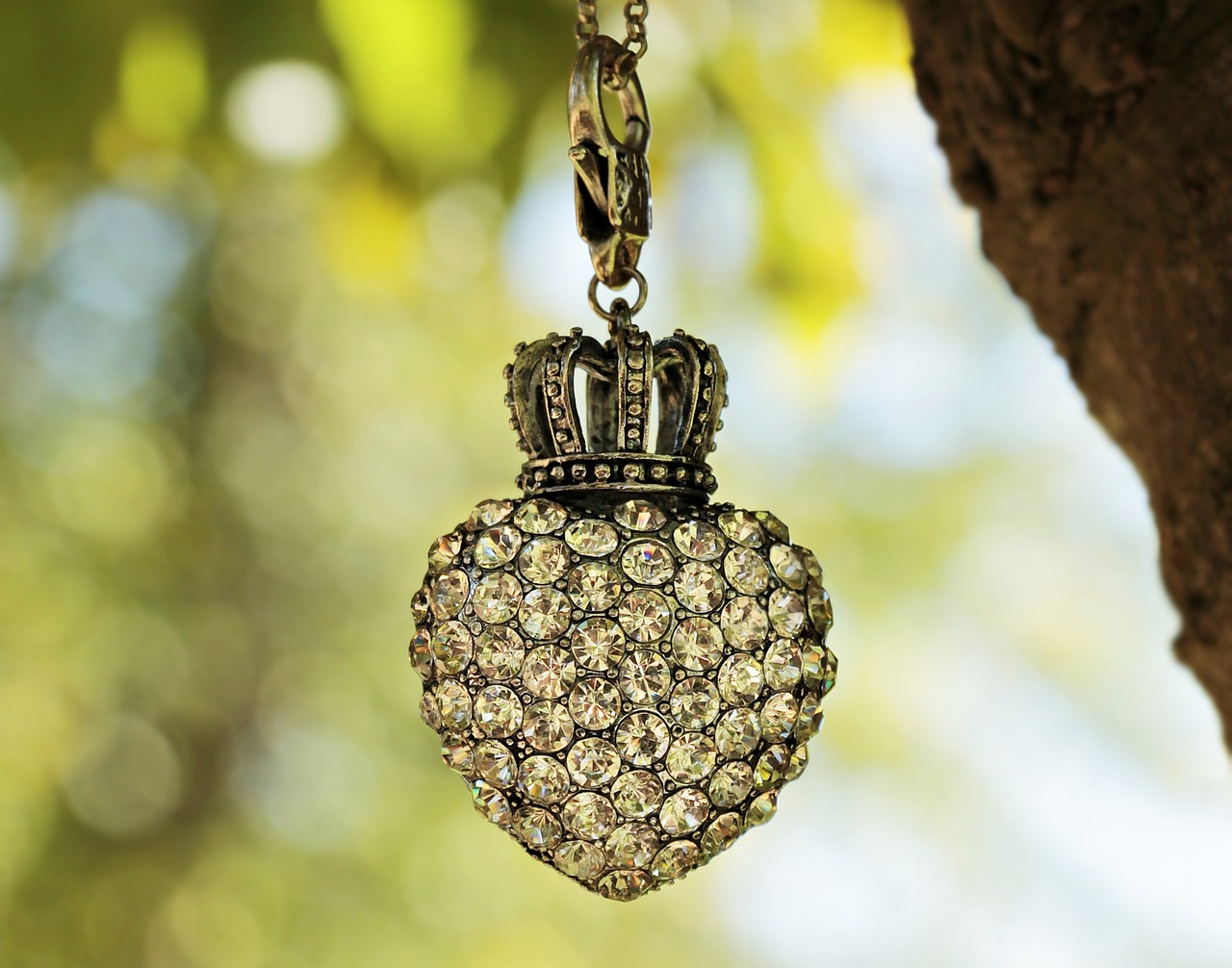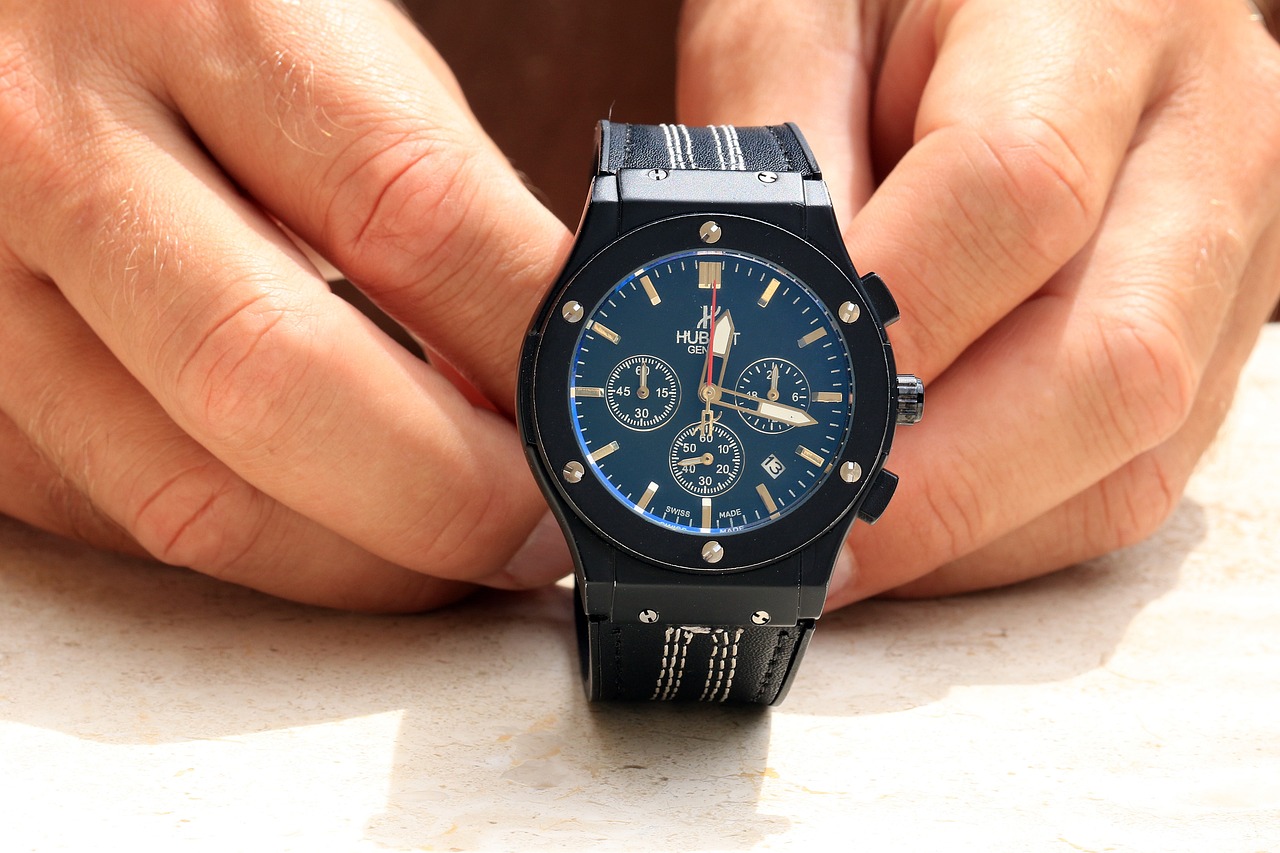Augmented Reality (AR) is transforming the way consumers shop for jewelry, offering innovative solutions that enhance the overall shopping experience. This technology allows customers to virtually try on jewelry pieces before making a purchase, significantly improving satisfaction and reducing return rates. Let’s delve deeper into how AR is reshaping the jewelry industry.
Augmented reality in the jewelry sector refers to a cutting-edge technology that overlays digital images of jewelry onto a user’s real-world view through their smartphone or tablet. This interactive experience enables customers to visualize how different pieces will look on them without the need to physically wear them.
AR technology provides a unique and immersive shopping experience. Customers can see how a ring or necklace complements their style and skin tone, which greatly enhances their confidence in making a purchase. This not only increases customer satisfaction but also encourages more informed buying decisions.
Jewelry retailers stand to gain significantly from integrating AR into their operations. Some of the key benefits include:
- Increased Engagement: Customers are more likely to spend time exploring products that offer interactive features.
- Reduced Return Rates: Virtual try-ons help customers make better choices, leading to fewer returns.
- Enhanced Customer Loyalty: Providing a memorable shopping experience fosters brand loyalty, encouraging repeat purchases.
Several innovative apps are available that allow users to experience AR jewelry try-ons. Popular options include:
- Jewelry AR: Offers a wide range of jewelry pieces for virtual try-ons.
- Virtual Jewelry: Features a user-friendly interface for easy navigation.
- Try It On: Allows users to upload their photos and see how different jewelry looks.
The accuracy of AR technology has improved remarkably over recent years. Modern AR solutions provide realistic visualizations that help customers gauge how jewelry will look on them. However, some limitations still exist, such as the need for good lighting and the precision of the device’s camera.
Despite its advantages, the implementation of AR technology in jewelry retail is not without challenges. Key issues include:
- High Development Costs: Creating and maintaining AR technology can be expensive for retailers.
- Consumer Acceptance: Some customers may be hesitant to adopt new technology.
- Technological Advancements: Continuous updates are necessary to keep up with evolving consumer expectations.
Consumer interest in AR technology is on the rise. Many shoppers appreciate the convenience and novelty of virtual try-ons, indicating a significant shift in how people approach jewelry purchases. This trend is likely to continue as technology becomes more accessible.
The future of augmented reality in the jewelry industry appears promising. As technology advances, we can expect even more immersive and realistic virtual try-on experiences. Retailers will likely continue to innovate, making these experiences more accessible to a broader audience.
When selecting an AR jewelry experience, consider the following factors:
- App Functionality: Ensure the app is user-friendly and offers a variety of features.
- User Reviews: Check feedback from other users to gauge satisfaction.
- Variety of Options: Look for apps that provide a wide range of jewelry styles and brands.
In summary, augmented reality is revolutionizing the jewelry shopping experience by providing customers with the ability to try on pieces virtually. This technology not only enhances customer satisfaction but also offers significant benefits to retailers, making it an essential tool in the modern jewelry market.
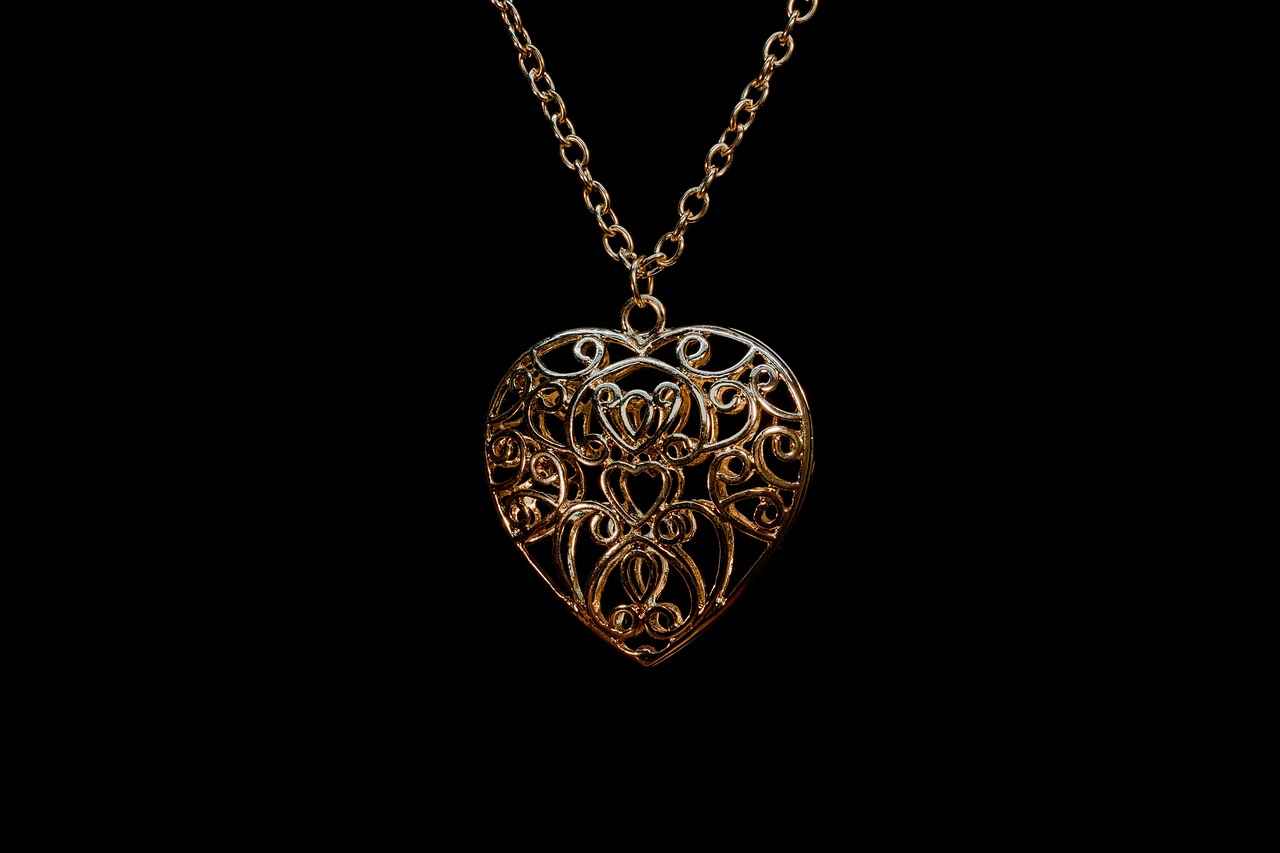
What is Augmented Reality in Jewelry?
Augmented Reality (AR) in the jewelry sector is an innovative technology that merges the digital world with our physical environment. By overlaying digital images of jewelry onto a user’s real-world view, AR creates a unique shopping experience that is both interactive and engaging. This technology allows potential buyers to visualize how different pieces of jewelry will look on them without the need for physical trials, revolutionizing the way consumers shop for accessories.
At its core, augmented reality in jewelry involves the use of advanced software and hardware to superimpose computer-generated images onto the real world as viewed through a smartphone, tablet, or specialized AR glasses. This technology not only enhances the visual appeal of jewelry but also provides customers with an opportunity to engage with products in a way that traditional shopping methods cannot offer.
AR technology enhances the shopping experience by allowing customers to virtually try on jewelry pieces from the comfort of their homes. This immersive experience increases customer satisfaction as it eliminates the uncertainty that often accompanies online purchases. Customers can experiment with different styles, colors, and sizes, ensuring they find the perfect match for their personal style.
- Increased Engagement: AR captivates customers, keeping them engaged longer on retail platforms.
- Reduced Return Rates: By enabling virtual try-ons, customers are less likely to return items due to dissatisfaction with fit or appearance.
- Enhanced Customer Loyalty: Providing a unique shopping experience fosters loyalty, as customers are more likely to return to brands that offer innovative solutions.
Several apps have emerged that allow users to experience AR jewelry try-ons. Notable examples include:
- Jewelry AR: Offers a wide range of virtual try-on options with realistic graphics.
- Gemist: Focuses on custom jewelry, allowing users to design and visualize their creations.
- Warby Parker: While primarily an eyewear app, it showcases how AR can be effectively used in the fashion sector.
The accuracy of AR technology has seen substantial improvements, with many applications now providing highly realistic visualizations. This level of accuracy helps customers make informed decisions. However, it is important to note that factors such as lighting and device quality can impact the overall experience.
Despite its numerous advantages, the integration of AR technology in jewelry retail faces several challenges:
- High Development Costs: Creating high-quality AR experiences can be expensive for retailers.
- Consumer Acceptance: Some customers may be hesitant to embrace new technology.
- Technological Advancements: Continuous updates and improvements are required to keep pace with consumer expectations.
Recent studies indicate a growing interest in AR technology among consumers, particularly in the jewelry sector. Shoppers appreciate the convenience and novelty of virtual try-ons, suggesting a significant shift in how people approach jewelry purchases.
The future of augmented reality in the jewelry industry looks promising. As technology continues to evolve, we can expect even more enhanced user experiences, making virtual try-ons more accessible and realistic. Innovations in AR are likely to streamline the shopping process further, providing customers with a seamless blend of digital and physical shopping.
When selecting an AR jewelry experience, consider the following factors:
- App Functionality: Ensure the app is user-friendly and offers a variety of features.
- User Reviews: Check feedback from other users to gauge the app’s effectiveness.
- Variety of Options: Look for apps that provide a wide range of jewelry styles and designs.

How Does AR Enhance the Jewelry Shopping Experience?
In recent years, the jewelry shopping experience has undergone a significant transformation, largely due to advancements in Augmented Reality (AR) technology. This innovative approach allows customers to engage with jewelry pieces in a way that was previously unimaginable. By enabling users to visualize how different pieces will look on them without the need for physical try-ons, AR has revolutionized the way consumers approach their jewelry purchases.
AR technology provides a unique and immersive experience for customers. With just a smartphone or tablet, shoppers can access a virtual fitting room where they can see how various jewelry items, from rings to necklaces, look on them in real-time. This capability not only enhances the shopping experience but also significantly boosts customer satisfaction.
- Visualize Before You Buy: One of the most significant advantages of AR in jewelry shopping is the ability to visualize how a piece will look before making a purchase. Customers can see the jewelry on their own image, allowing for a more personalized shopping experience.
- Convenience: Shopping for jewelry can often be time-consuming. AR simplifies this process by allowing customers to try on multiple pieces from the comfort of their homes, making it easier to compare styles and options.
- Informed Decisions: With AR, customers can make more informed decisions. By seeing how a piece complements their features or outfits, they are less likely to experience buyer’s remorse.
Furthermore, AR technology reduces the likelihood of returns. Traditional jewelry shopping often results in returns due to sizing issues or mismatched styles. However, with AR, customers can ensure that the piece they choose is truly the right fit for them, both in size and aesthetic appeal. This not only enhances the customer experience but also benefits retailers by minimizing return rates.
Another aspect where AR shines is in its ability to create a memorable shopping experience. Brands that incorporate AR into their offerings often see increased engagement, as customers are more likely to share their virtual try-on experiences on social media. This organic promotion can lead to greater brand visibility and attract new customers.
As consumers become more accustomed to technology in their daily lives, the acceptance of AR in shopping is growing. Many shoppers appreciate the novelty and convenience that virtual try-ons provide. This shift indicates a broader trend towards integrating technology in retail, making the shopping experience not just functional but also enjoyable.
The accuracy of AR technology has also improved significantly, with advanced algorithms and high-quality graphics providing realistic visualizations. This evolution helps to build trust between the consumer and the retailer, as customers can rely on the virtual representation of the jewelry before making a purchase.
In conclusion, AR technology is fundamentally enhancing the jewelry shopping experience by providing customers with an engaging, convenient, and personalized way to explore their options. As this technology continues to evolve, it is likely that we will see even more innovative applications that will further enrich the jewelry shopping journey.
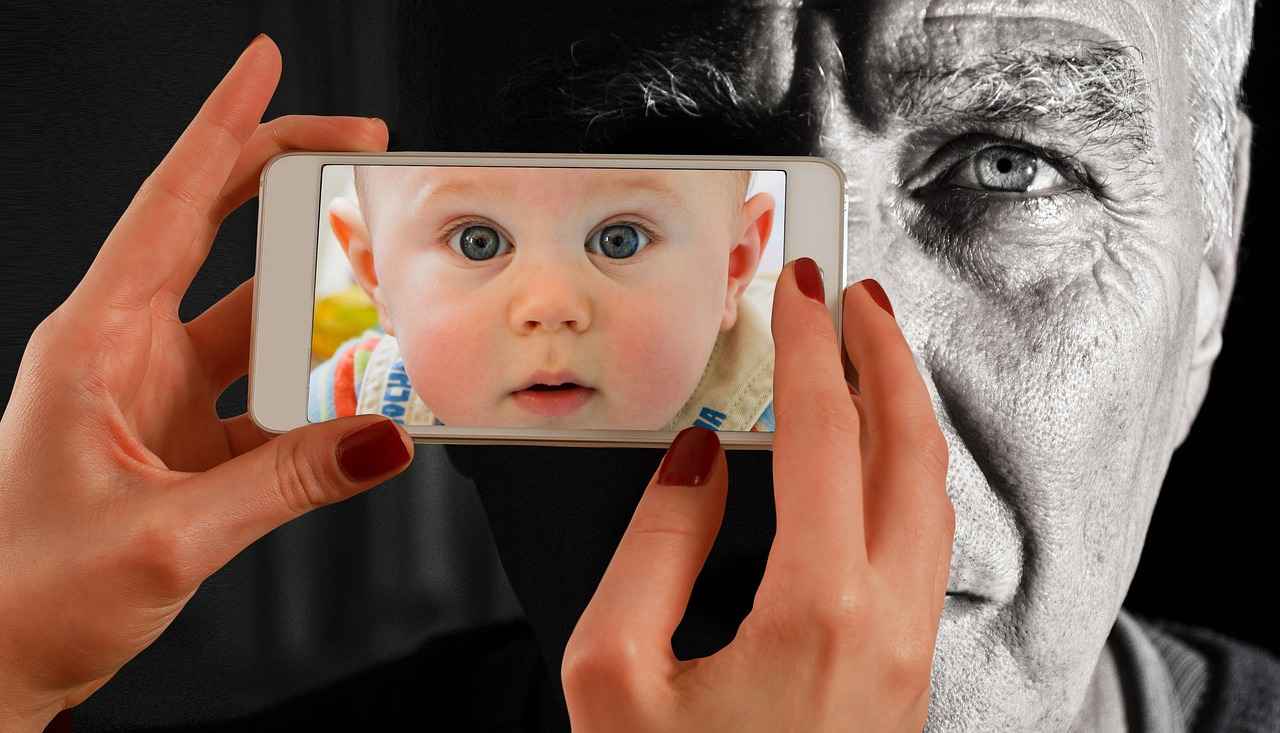
Benefits of Using AR for Jewelry Retailers
In the rapidly evolving landscape of retail, Augmented Reality (AR) is emerging as a game-changer, particularly in the jewelry sector. Retailers are increasingly adopting AR technology to enhance the shopping experience for their customers. This innovative approach not only engages shoppers but also fosters loyalty and reduces the likelihood of returns. Below, we delve into the specific .
One of the primary advantages of AR in jewelry retail is the increased engagement it offers. By allowing customers to virtually try on pieces, AR creates an interactive experience that captures attention and encourages exploration. Shoppers can visualize how different items look on them in real-time, making the process more enjoyable and immersive. This level of engagement can significantly enhance the likelihood of a purchase.
Another significant benefit is the reduction in return rates. Traditional online shopping often leads to discrepancies between customer expectations and the actual product, resulting in returns. However, with AR, customers can see how a piece of jewelry looks on them before making a purchase, leading to more informed decisions. This not only minimizes the chances of returns but also saves retailers time and money associated with processing returns.
AR technology can also foster enhanced customer loyalty. When customers have positive experiences, they are more likely to return for future purchases. By integrating AR into their shopping experience, retailers can create a memorable interaction that resonates with customers. This emotional connection can lead to repeat business and referrals, ultimately benefiting the retailer’s bottom line.
AR also provides retailers with valuable data-driven insights. By analyzing user interactions with AR features, retailers can gain a deeper understanding of customer preferences and behaviors. This information can be used to tailor marketing strategies, optimize inventory, and improve product offerings, ensuring that retailers stay ahead of market trends.
Implementing AR can serve as a cost-effective marketing tool. Instead of traditional advertising methods, retailers can leverage AR experiences to showcase their jewelry in a captivating manner. This not only attracts new customers but also encourages existing customers to engage with the brand on a deeper level.
In a crowded marketplace, adopting AR can provide a significant competitive advantage. Retailers who embrace this technology stand out from competitors who rely solely on traditional shopping methods. By offering innovative experiences, retailers can attract tech-savvy consumers and position themselves as leaders in the industry.
AR experiences can also be integrated with social media platforms, allowing customers to share their virtual try-ons with friends and followers. This social sharing capability not only promotes the jewelry but also enhances the brand’s visibility. When customers share their experiences, it acts as organic marketing, driving more traffic to the retailer’s website.
In conclusion, the implementation of Augmented Reality in the jewelry retail sector offers numerous benefits that go beyond mere technology adoption. From enhancing customer engagement to reducing return rates and fostering loyalty, AR is redefining the shopping experience. As retailers continue to explore and integrate AR solutions, they will likely see significant improvements in customer satisfaction and business performance.
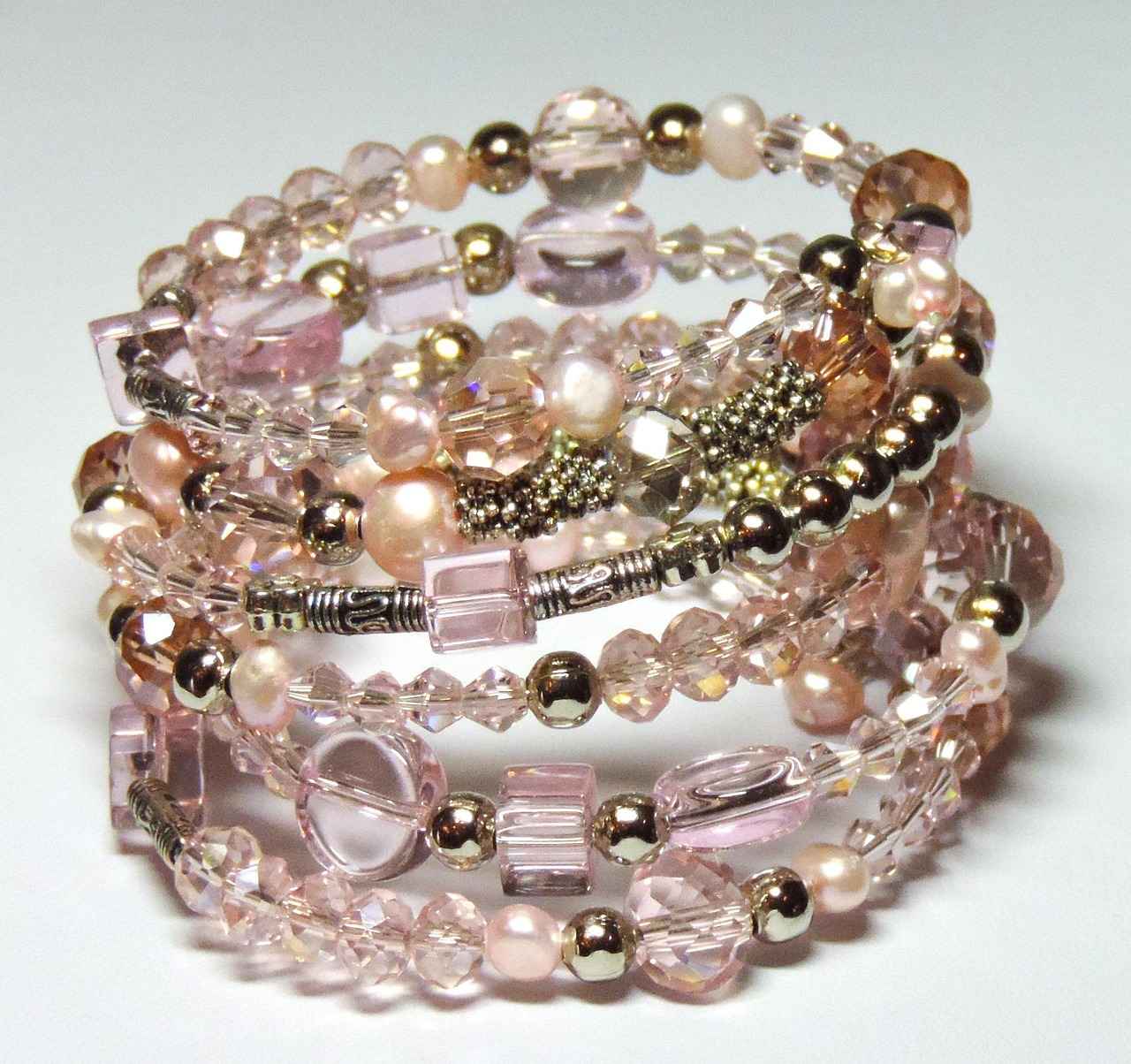
Top AR Jewelry Apps to Try
As technology continues to evolve, the jewelry shopping experience is undergoing a significant transformation. Augmented Reality (AR) has emerged as a revolutionary tool, enabling customers to virtually try on jewelry pieces before making a purchase. This innovation not only enhances the shopping experience but also minimizes the likelihood of returns. In this section, we will explore some of the top AR jewelry apps that are making waves in the industry.
Several innovative applications are now available for consumers looking to engage with jewelry in a new way. Here are some of the most popular options:
- Warby Parker: Originally known for eyewear, Warby Parker has expanded its AR capabilities to include jewelry. Users can virtually try on rings and necklaces using their smartphone cameras, making it easy to visualize how each piece complements their style.
- Gemist: This app allows users to create their own custom rings by selecting different stones and settings. The AR feature lets customers see how their unique designs will look on their fingers, providing a personalized shopping experience.
- Brilliant Earth: With a commitment to ethical sourcing, Brilliant Earth offers an AR tool that enables users to try on engagement rings and other jewelry. The app provides a realistic visualization of how each piece looks in real-time.
- Jewelers Mutual: This app offers a unique feature where users can try on various types of jewelry, from earrings to bracelets. It also provides educational resources about jewelry care and insurance, making it a comprehensive tool for shoppers.
- Ringly: Ringly specializes in smart jewelry that connects to your smartphone. Their AR feature allows users to see how different styles look on them, enhancing the experience of selecting tech-integrated accessories.
Using AR jewelry apps offers numerous benefits:
- Convenience: Shoppers can try on multiple pieces from the comfort of their homes, eliminating the need to visit multiple stores.
- Time-Saving: Virtual try-ons streamline the decision-making process, allowing customers to quickly find what they love.
- Enhanced Visualization: Seeing how a piece of jewelry looks in real-time helps customers make informed choices, reducing the chances of buyer’s remorse.
The accuracy of AR technology in jewelry try-ons has improved significantly. Most apps utilize advanced algorithms and machine learning to provide realistic renderings of jewelry on users. However, it is essential to keep in mind that while these virtual representations are impressive, they may not always perfectly match the actual jewelry due to variations in lighting and camera angles.
When choosing the right AR jewelry app, consider the following factors:
- User Experience: An intuitive interface enhances the shopping experience.
- Variety of Options: Look for apps that offer a wide range of jewelry styles and customization options.
- User Reviews: Checking reviews can provide insights into the app’s reliability and functionality.
In conclusion, the integration of AR technology into the jewelry shopping experience is not just a passing trend; it is reshaping how consumers interact with jewelry. By utilizing these innovative apps, shoppers can enjoy a more engaging and satisfying purchasing journey.
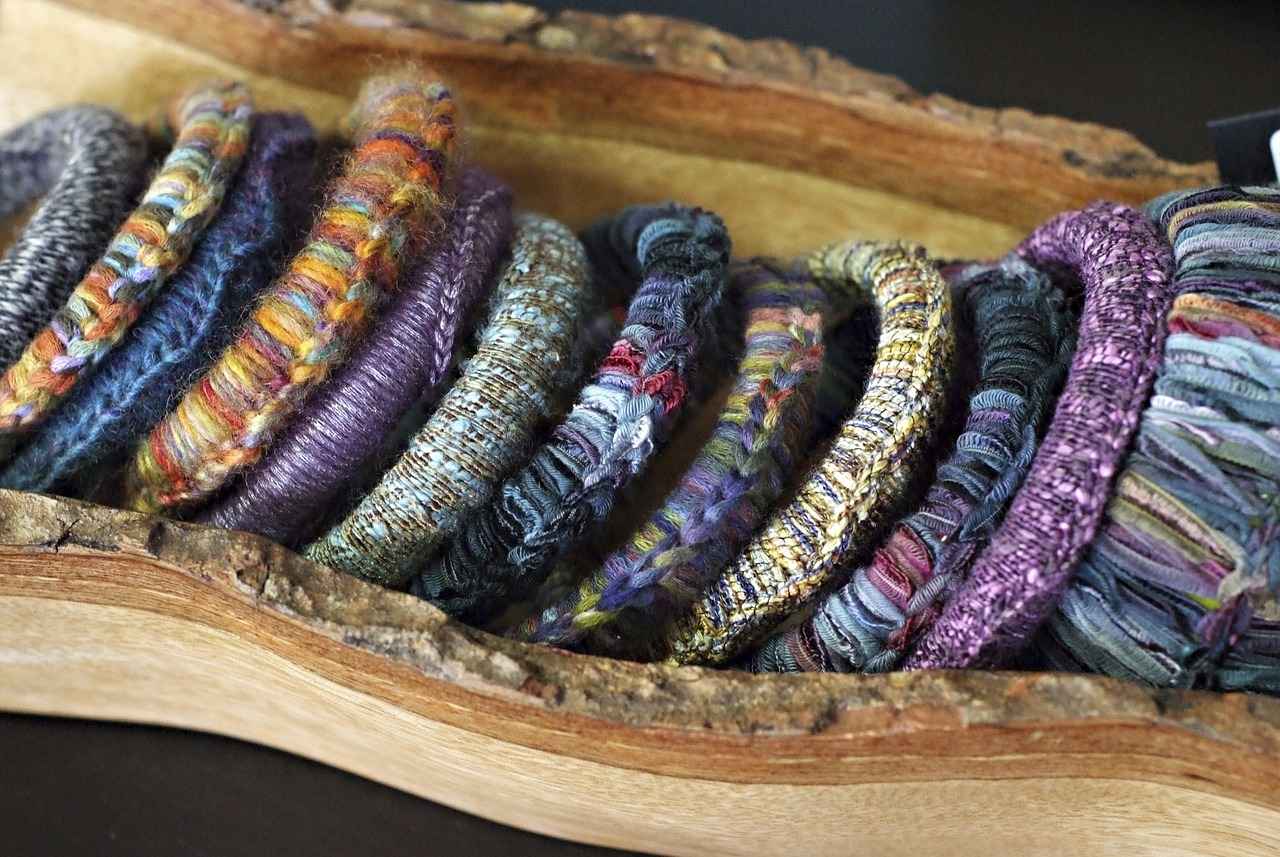
How Accurate is AR Jewelry Try-On Technology?
The accuracy of Augmented Reality (AR) technology in jewelry try-ons has made remarkable strides in recent years. This advancement provides users with realistic visualizations of how jewelry pieces will look on them, significantly enhancing the online shopping experience. However, while the technology has improved, there are still some limitations that consumers should be aware of.
One of the key factors contributing to the improved accuracy of AR jewelry try-on technology is the integration of advanced 3D modeling and computer vision techniques. These technologies allow for the creation of detailed digital representations of jewelry that can be accurately overlaid onto a user’s live video feed. As a result, customers can see how a ring or necklace would look on them in real-time, making the shopping experience much more engaging.
Moreover, many AR applications now utilize facial recognition and body tracking features, which help ensure that the jewelry is positioned correctly on the user. This level of precision is crucial, especially for items like earrings and rings, where size and fit play a significant role in the overall appearance. As a result, customers can make more informed decisions, reducing the likelihood of returns.
However, despite these advancements, there are still some limitations to consider. For instance, the accuracy of AR try-ons can be affected by factors such as lighting conditions, camera quality, and the user’s physical features. In some cases, the jewelry may not appear as realistic as it would in person, leading to potential discrepancies between the virtual and physical products. Additionally, certain materials and designs may not be accurately represented, which can impact a customer’s perception of the jewelry.
Furthermore, while AR technology is becoming more accessible, not all consumers are familiar with how to use it effectively. Some may find it challenging to navigate AR applications or may not have access to the latest devices that support high-quality AR experiences. This can create a barrier to fully experiencing the benefits of virtual try-ons.
In summary, the accuracy of AR jewelry try-on technology has improved significantly, providing users with an engaging and realistic shopping experience. However, it is essential for consumers to remain aware of the limitations that can affect the accuracy of these virtual representations. As technology continues to evolve, we can expect further enhancements that will make AR jewelry try-ons even more reliable and user-friendly.
As the jewelry industry embraces AR technology, customers are encouraged to explore various applications and take advantage of the opportunity to virtually try on their favorite pieces. By doing so, they can enjoy a more personalized shopping experience while making informed purchasing decisions.

Challenges Facing AR in the Jewelry Industry
As augmented reality (AR) continues to reshape various industries, the jewelry sector is no exception. This innovative technology offers a unique way for customers to engage with products, allowing them to visualize jewelry pieces on themselves without the need for physical try-ons. However, the road to widespread adoption of AR in jewelry retail is not without its challenges.
Implementing AR technology in jewelry retail often involves significant financial investments. Developing high-quality AR applications requires skilled developers, advanced software, and ongoing maintenance. For many small to medium-sized retailers, these costs can be prohibitive. The question remains: Is the potential return on investment worth the initial outlay? Retailers need to carefully evaluate their business models and customer base to determine if AR technology aligns with their financial goals.
While the novelty of AR can attract attention, consumer acceptance remains a critical hurdle. Many shoppers may be hesitant to embrace this technology, either due to unfamiliarity or skepticism about its effectiveness. Retailers must invest time and resources into educating consumers about the benefits of AR, ensuring that they understand how to use the technology to enhance their shopping experience. How can retailers build trust and encourage adoption? Providing user-friendly interfaces and clear instructions can help bridge this gap.
The pace of technological change in the AR space is rapid, and keeping up with the latest advancements can be challenging for jewelry retailers. As new features and capabilities are developed, businesses must continuously update their systems to remain competitive. This ongoing need for technological advancement can strain resources and distract from core business operations. Retailers must strike a balance between adopting new technologies and maintaining a focus on their primary mission: selling jewelry.
Another challenge is the integration of AR technology with existing retail systems. Many retailers already have established e-commerce platforms and inventory management systems. Incorporating AR functionality into these systems can be a complex process, requiring significant technical expertise. Retailers must consider how to seamlessly integrate AR without disrupting their current operations. What strategies can be employed to ensure a smooth transition? Collaborating with experienced technology partners can alleviate some of these integration challenges.
The success of AR in jewelry retail heavily depends on the user experience. If the AR try-on experience is not realistic or fails to meet customer expectations, it could lead to dissatisfaction and returns. Retailers must prioritize creating high-quality, accurate representations of their jewelry, ensuring that customers can visualize how pieces will look in real life. How can retailers enhance the realism of AR experiences? Investing in advanced imaging technology and user feedback can significantly improve the quality of AR experiences.
In conclusion, while augmented reality presents exciting opportunities for the jewelry industry, it also poses significant challenges that must be addressed. By understanding and tackling these challenges, retailers can position themselves to leverage AR technology effectively, ultimately enhancing the shopping experience and driving sales.

Consumer Trends: Are Shoppers Embracing AR?
The jewelry industry is undergoing a remarkable transformation, driven by the rapid adoption of augmented reality (AR) technology. As consumers increasingly seek innovative ways to enhance their shopping experiences, AR is emerging as a game-changer, particularly in the realm of jewelry. This technology allows potential buyers to visualize how different pieces will look on them without the need for a physical try-on, fundamentally altering the way jewelry is purchased.
Recent studies indicate that consumer interest in AR technology is on the rise. Many shoppers are not only appreciating the convenience of virtual try-ons but are also drawn to the novelty that comes with using such advanced technology. This shift suggests a significant change in how people approach jewelry purchases, moving from traditional in-store experiences to more interactive and personalized online shopping.
- Increased Engagement: Shoppers are more likely to engage with brands that offer AR experiences. This engagement often translates to higher conversion rates as customers feel more confident in their choices.
- Personalization: AR allows for a personalized shopping experience, enabling users to try on various styles and pieces tailored to their preferences. This customization fosters a deeper connection between the consumer and the product.
- Reduced Returns: One of the significant advantages of utilizing AR in jewelry retail is the reduction in return rates. By allowing customers to visualize how a piece will look on them, they are less likely to make impulse purchases that they later regret.
Moreover, the integration of AR technology is not just limited to large retailers. Many small businesses are also adopting this technology to enhance their customer service. For instance, independent jewelers can utilize AR apps to provide their customers with a unique shopping experience, helping them stand out in a competitive market.
However, the journey towards widespread AR adoption in the jewelry sector is not without its challenges. Despite its benefits, some consumers remain hesitant to embrace this technology fully. Concerns about accuracy and the need for high-quality devices can deter potential users from trying AR applications. Additionally, not all AR experiences are created equal; some may lack the realism needed to convince consumers to make a purchase.
To address these challenges, retailers must focus on improving the accuracy of AR technology. Continuous advancements in 3D modeling and computer vision are essential to creating realistic virtual representations of jewelry. As technology evolves, it is likely that the visualizations will become even more lifelike, further enticing customers to engage with AR.
Furthermore, effective marketing strategies are crucial for increasing consumer acceptance of AR. Retailers should educate their customers about the benefits of AR, showcasing how it can enhance their shopping experience. Engaging social media campaigns and interactive advertisements can help demystify the technology and encourage more shoppers to try virtual try-ons.
In conclusion, as consumer interest in AR technology continues to grow, it is clear that the jewelry industry is on the brink of a significant transformation. By embracing this technology, retailers can provide a more interactive and satisfying shopping experience, ultimately leading to greater customer loyalty and reduced return rates. As shoppers become more familiar with AR, it is expected that this trend will only strengthen, paving the way for an exciting future in jewelry retail.

Future of AR in Jewelry: What to Expect?
The future of augmented reality (AR) in the jewelry industry is not just promising; it is poised to transform the way consumers interact with jewelry. As technology continues to advance, the potential for enhanced user experiences in virtual try-ons is becoming increasingly apparent. This article explores the various dimensions of AR’s future in jewelry, highlighting what consumers and retailers can expect.
Innovations in AR technology are revolutionizing the jewelry shopping experience. With the integration of machine learning and artificial intelligence, AR applications are becoming smarter, allowing for more personalized recommendations. For instance, algorithms can analyze a user’s facial features and style preferences to suggest pieces that will complement their unique look.
As AR technology evolves, the realism of virtual try-ons is set to improve significantly. Enhanced graphics and 3D rendering techniques will provide users with lifelike representations of how jewelry will look on them. This development not only boosts consumer confidence in their choices but also encourages them to explore a wider range of styles and options.
One of the most significant benefits of AR in the jewelry sector is its potential to reduce return rates. By allowing customers to virtually try on items, retailers can significantly decrease the likelihood of returns due to dissatisfaction with the product’s appearance. This cost-effective approach not only enhances customer satisfaction but also improves overall profitability for retailers.
Despite its advantages, the implementation of AR technology in the jewelry industry faces several challenges. High development costs and the need for continuous updates can be daunting for retailers. Additionally, consumer acceptance is crucial; some shoppers may still prefer the traditional try-on experience. Retailers must invest in educating their customers about the benefits of AR to overcome these hurdles.
Consumer interest in AR technology is on the rise, with many shoppers expressing enthusiasm for the convenience and novelty of virtual try-ons. Surveys indicate that a significant percentage of consumers are willing to try AR applications when shopping for jewelry, signaling a shift in purchasing behavior. This trend suggests that retailers who adopt AR technology early will gain a competitive edge.
Social media platforms are increasingly incorporating AR features, allowing users to share their virtual try-on experiences. This integration can serve as a powerful marketing tool for jewelry brands, enhancing visibility and engagement. Influencers and brand ambassadors can showcase how AR technology works, encouraging their followers to explore and purchase items directly through these platforms.
AR technology is not only impacting the shopping experience but also the way jewelry is designed. Designers can use AR to visualize their creations in real-time, allowing for immediate adjustments based on consumer feedback. This collaborative approach can lead to more innovative designs that resonate with customers.
Looking ahead, we can anticipate a surge in the development of AR jewelry apps that offer enhanced features such as virtual consultations with stylists and interactive design tools. These advancements will make it easier for consumers to engage with brands and find pieces that truly reflect their personal style.
In conclusion, the future of augmented reality in the jewelry industry is bright, with technology set to make virtual try-ons more accessible and realistic. As both consumers and retailers adapt to these changes, the shopping experience will undoubtedly become more engaging, personalized, and efficient.
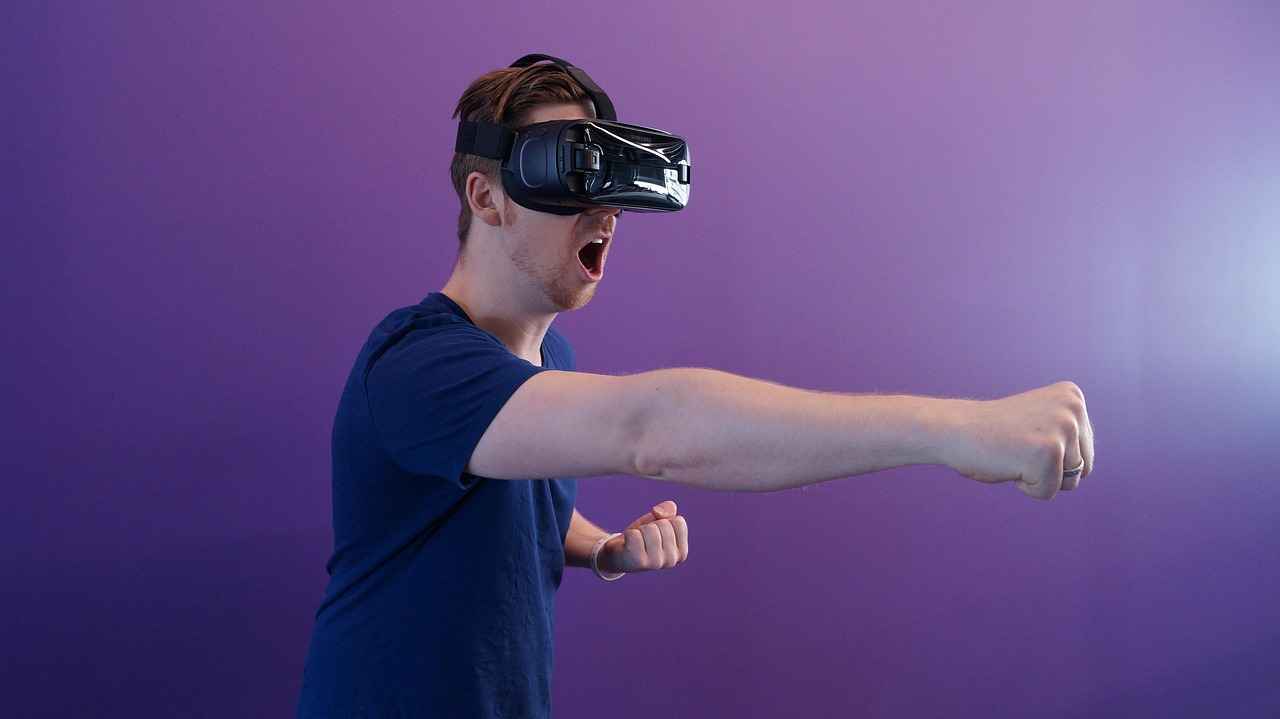
How to Choose the Right AR Jewelry Experience?
Choosing the right augmented reality (AR) jewelry experience can significantly enhance your virtual shopping journey. With the rapid advancement of AR technology in the jewelry industry, it’s essential to consider several factors to ensure you have a satisfactory experience. Here are some key points to keep in mind:
- App Functionality: The first aspect to evaluate is the functionality of the AR app. A well-designed app should be user-friendly, allowing you to easily navigate through various features. Look for apps that offer intuitive controls, smooth interactions, and quick loading times. This will ensure a seamless experience when trying on different jewelry pieces.
- User Reviews: Before committing to an AR jewelry app, take the time to read user reviews. These reviews can provide valuable insights into the experiences of other customers. Look for feedback on the app’s accuracy, ease of use, and the realism of the virtual try-ons. High ratings and positive comments can indicate a reliable app that meets user expectations.
- Variety of Jewelry Options: A diverse selection of jewelry is crucial for a fulfilling AR experience. Ensure the app features a wide range of styles, including rings, necklaces, bracelets, and earrings. This variety allows you to explore different looks and find pieces that truly resonate with your personal style.
- Quality of AR Technology: The accuracy of the AR technology itself is another important factor. Look for apps that utilize advanced AR algorithms to create realistic visualizations. This means that the jewelry should fit your virtual avatar appropriately and reflect how it would appear in real life, enhancing your confidence in your purchase.
- Integration with Retailers: Some AR apps are partnered with specific retailers, which can enhance your shopping experience. Check if the app allows you to purchase directly from the retailer after trying on pieces virtually. This can streamline the buying process and ensure you have access to the latest collections.
- Customer Support: Good customer support can significantly impact your experience with any app. Ensure that the AR jewelry app you choose offers reliable customer service, whether through live chat, email, or phone support. This can be especially helpful if you encounter technical issues or have questions about using the app.
In conclusion, selecting the right AR jewelry experience involves careful consideration of app functionality, user reviews, variety, technology quality, retailer integration, and customer support. By keeping these factors in mind, you can enhance your virtual shopping experience and make informed decisions that align with your jewelry preferences.
Frequently Asked Questions
- What is augmented reality (AR) in jewelry?
Augmented reality in jewelry is a cutting-edge technology that overlays digital images of jewelry onto your real-world view. This means you can see how a piece looks on you without ever leaving your home!
- How does AR enhance the jewelry shopping experience?
AR creates a unique shopping adventure by letting you virtually try on jewelry. Imagine being able to see how a stunning ring or necklace looks on you in real-time, making your shopping experience more interactive and fun!
- What are the benefits of using AR for jewelry retailers?
Retailers enjoy numerous perks from AR, including higher customer engagement, lower return rates, and stronger loyalty. When customers can visualize their choices, they feel more confident in their purchases, leading to happier shoppers!
- How accurate is AR jewelry try-on technology?
The accuracy of AR technology has come a long way! It offers realistic visualizations that help you make informed decisions, although some limitations still exist, like the need for good lighting and camera quality.
- Are consumers embracing AR technology in jewelry shopping?
Absolutely! More and more shoppers are loving the convenience and novelty of virtual try-ons. It’s changing how we approach jewelry purchases, making it an exciting trend in the industry!

